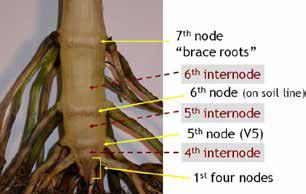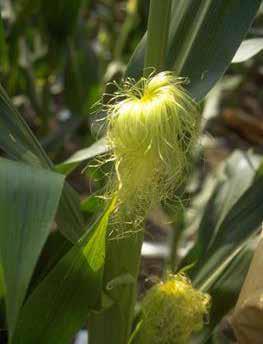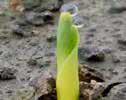
Aug 31, 2017, 10:00 AM
Relative Maturity vs Growing Degree Days
The relationship between the number of growing degree days (GDD) or heat units required to bring corn hybrids to physiological maturity (black layer) and relative maturity (RM) has been challenging and at times confusing. The rate of plant development of any corn hybrid depends directly on the temperature and the environment. These two factors affect the plants relative maturity and the number of heat units needed to reach physiological maturity. All plants follow the same basic pattern for development and even more specific is the corn hybrid and the time required between each stage of growth.
 Environmental stresses can increase or decrease the time between these different stages triggering an increase of GDD to finish. Some of the factors listed below affect the plant development and increase GDDs.
Environmental stresses can increase or decrease the time between these different stages triggering an increase of GDD to finish. Some of the factors listed below affect the plant development and increase GDDs.
For example, going back to 2013. This was one of those years requiring more growing degree days “heat units” to reach physiological maturity and increasing the GDD measurement noted on the Legend Seeds tech sheet. In ’13 it was extremely difficult to calculate the proper measurement of GDD’s to apply to these hybrids. 2013 in itself was a very challenging and stressful year for corn hybrids, from the abundance of early rains followed by cold weather while plant were in the primary stages of development.
Next, in that year the weather changed to scorching heat, forcing the plant to grow rapidly utilizing the maximum heat units available for those days, then again changing into cooler temperatures reducing GDD consumption. The examples listed indicate how to measure GDDs per day. Although a stressful year is shown in this example, the Legend Seeds genetics have performed very satisfactorily for Legend Seeds
customers in the following qualities:
- Late planting
- Early growing condition
- Slower plant development
- Late black layering
- High levels of anthracnose
- Average to late harvest
Example:
- Example maximum daily average temperature = 80° and minimum daily average temperate = 52°

Calculations (80°+52°)/2) - 50° =16 GDD. - Max temp calculations are never over 86 degrees regardless of average daily temp over 86° degrees, Min temp calculation are never under 50° degrees regardless of the average daily temp under 50°.
- Very little plant development if any takes place at those extreme max. and extreme min.


